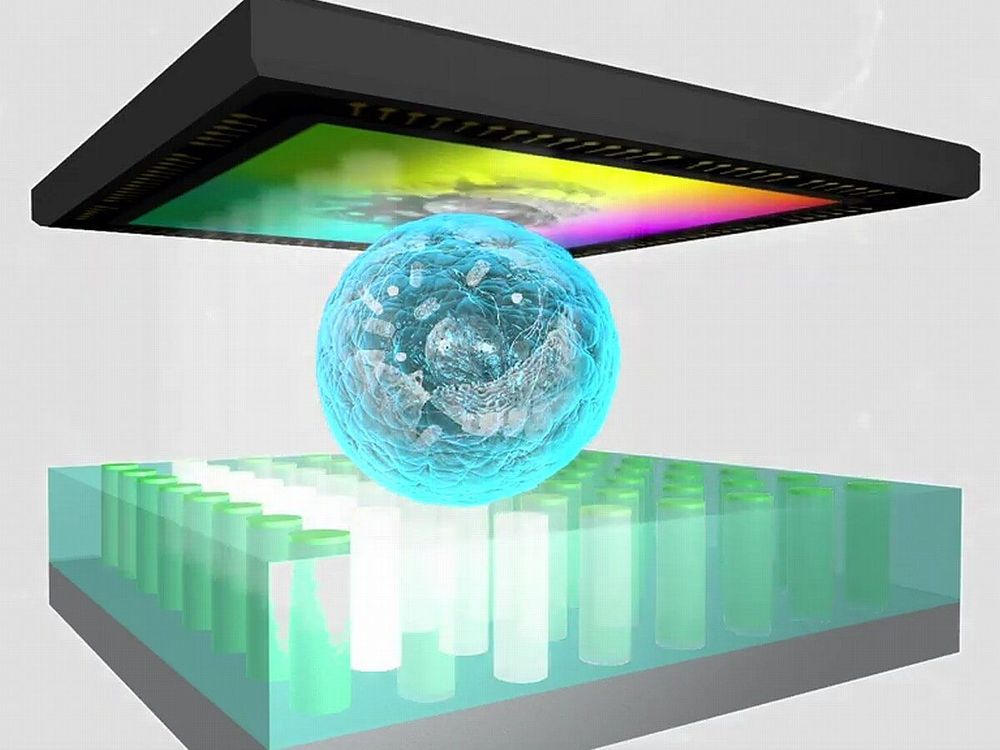For half a millennium, people have tried to enhance human vision by technical means. While the human eye is capable of recognizing features over a wide range of size, it reaches its limits when peering at objects over giant distances or in the micro- and nanoworld. Researchers of the EU funded project ChipScope are now developing a completely new strategy towards optical microscopy.
The conventional light microscope, still standard equipment in laboratories, underlies the fundamental laws of optics. Thus, resolution is limited by diffraction to the so called Abbe limit’ – structural features smaller than a minimum of 200 nm cannot be resolved by this kind of microscope.
So far, all technologies for going beyond the Abbe limit rely on complex setups, with bulky components and advanced laboratory infrastructure. Even a conventional light microscope, in most configurations, is not suitable as a mobile gadget to do research out in the field or in remote areas. In the ChipScope project funded by the EU, a completely new strategy towards optical microscopy is explored. In classical optical microscopy the analyzed sample area is illuminated simultaneously, collecting the light which is scattered from each point with an area-selective detector, e.g. the human eye or the sensor of a camera.









I am interested in finding out more of this new technology Chipscope. Please contact on any latest updates.
Your consideration on this matter will be greatly appreciated.
Sincerely,
DeGraff-Eugene
Ovenzia Company